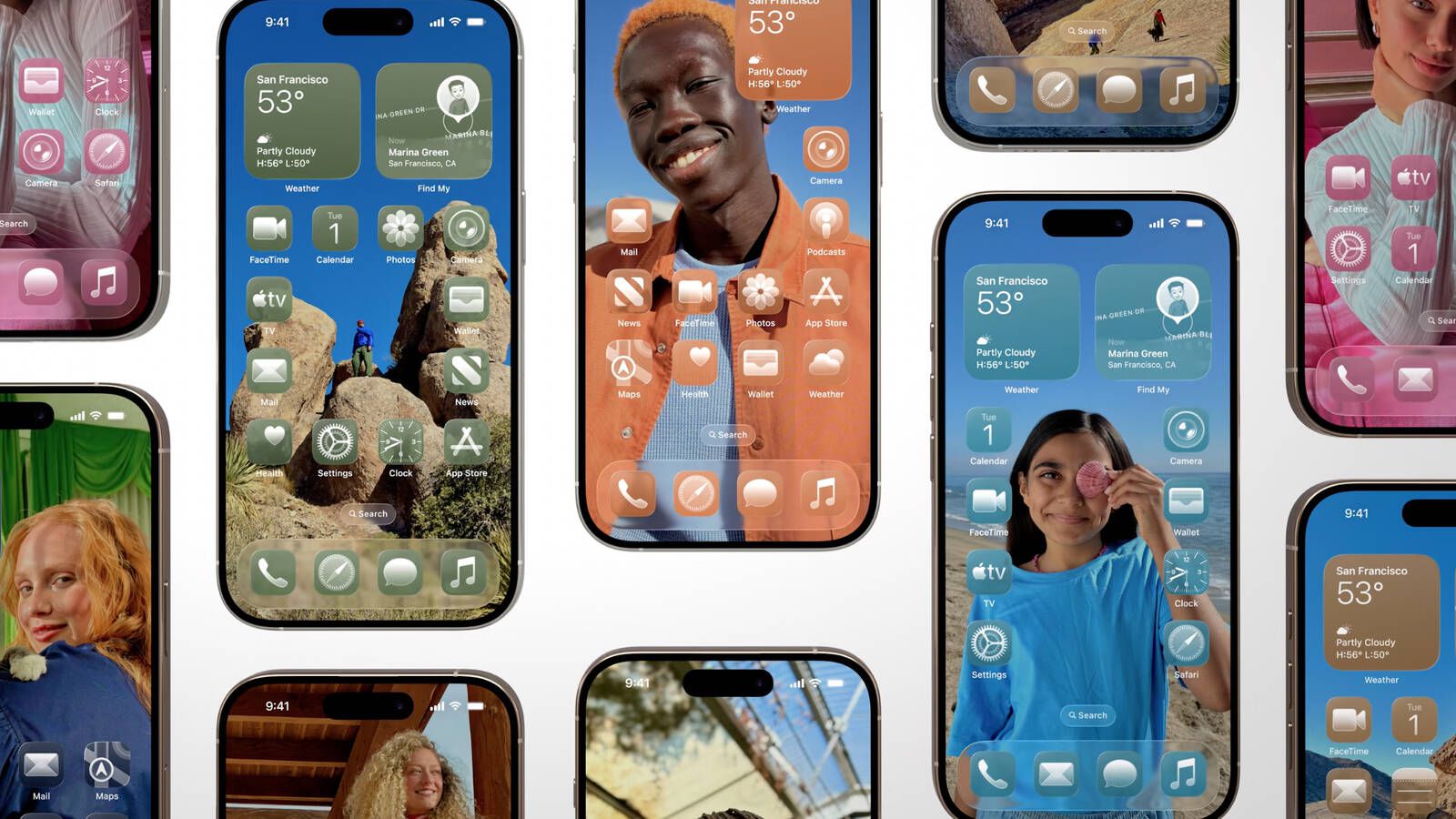The Download: Amsterdam’s welfare AI experiment, and making humanoid robots safer
This is today’s edition of The Download, our weekday newsletter that provides a daily dose of what’s going on in the world of technology. Inside Amsterdam’s high-stakes experiment to create fair welfare AI Amsterdam thought it was on the right track. City officials in the welfare department believed they could build technology that would prevent fraud while…

This is today’s edition of The Download, our weekday newsletter that provides a daily dose of what’s going on in the world of technology.
Inside Amsterdam’s high-stakes experiment to create fair welfare AI
Amsterdam thought it was on the right track. City officials in the welfare department believed they could build technology that would prevent fraud while protecting citizens’ rights. They followed these emerging best practices and invested a vast amount of time and money in a project that eventually processed live welfare applications. But in their pilot, they found that the system they’d developed was still not fair and effective. Why?
Lighthouse Reports, MIT Technology Review, and the Dutch newspaper Trouw have gained unprecedented access to the system to try to find out. Read about what we discovered.
—Eileen Guo, Gabriel Geiger & Justin-Casimir Braun
This story is a partnership between MIT Technology Review, Lighthouse Reports, and Trouw, and was supported by the Pulitzer Center.
+ Can you make AI fairer than a judge? Play our courtroom algorithm game to find out.
Why humanoid robots need their own safety rules
While humanoid robots are taking their first tentative steps into industrial applications, the ultimate goal is to have them operating in close quarters with humans.
One reason for making robots human-shaped in the first place is so they can more easily navigate the environments we’ve designed around ourselves. This means they will need to be able to share space with people, not just stay behind protective barriers. But first, they need to be safe. Read the full story.
—Victoria Turk
MIT Technology Review Narrated: The surprising barrier that keeps us from building the housing we need
Sure, there’s too much red tape, but there is another reason building anything is so expensive: the construction industry’s “awful” productivity.
This is our latest story to be turned into a MIT Technology Review Narrated podcast, which
we’re publishing each week on Spotify and Apple Podcasts. Just navigate to MIT Technology Review Narrated on either platform, and follow us to get all our new content as it’s released.
The must-reads
I’ve combed the internet to find you today’s most fun/important/scary/fascinating stories about technology.
1 Chatbots are getting facts about the LA riots wrong
AI systems can’t be relied upon at the best of times, let alone with fast-moving news. (Wired $)
+ What’s Trump’s goal here, exactly? (NY Mag $)
2 Gavin Newsom is becoming a meme
The California governor’s Trump clapbacks are winning him a legion of online fans. (WP $)
+ He’s accused the President of “pulling a military dragnet” across the city. (The Guardian)
+ Newsom has warned that other states are likely to be next. (Politico)
3 Trump’s Big Beautiful Bill could lead to more than 51,000 deaths a year
Due to the bill’s provisions for public health insurance. (Undark)
4 How Ukraine’s AI-guided drones hit Russia’s airfields
But its opponent is also stepping up its AI capabilities. (FT $)
+ Meet the radio-obsessed civilian shaping Ukraine’s drone defense. (MIT Technology Review)
5 US agencies tracked foreign nationals travelling to Elon Musk
Officials kept an eye on who visited him in 2022 and 2023. (WSJ $)
6 Snap’s new AR smart glasses will go on sale next year
Its sixth generation of Specs will enter an increasingly crowded field. (CNBC)
+ Qualcomm has made a new processor to power similar glasses. (Bloomberg $)
+ What’s next for smart glasses. (MIT Technology Review)
7 Each ChatGPT query uses ‘roughly one fifteenth of a teaspoon’ of water
That’s according to Sam Altman, at least. (The Verge)
+ We did the math on AI’s energy footprint. Here’s the story you haven’t heard. (MIT Technology Review)
8 Death Valley’s air could be a valuable water source
Scientists proved their hydrogel method worked in the real world. (New Scientist $)
9 Gen Z is choosing to skip college entirely
Increasing numbers of young tech workers are opting out and entering the workforce early. (Insider $)
10 How to fight back against a world of AI-generated choices
Good taste is your friend here. (The Atlantic $)
Quote of the day
“We’re probably going to have flying taxis before we have autonomous ones in London.”
—Steve McNamara, the general secretary of the UK’s Licensed Taxi Drivers’ Association, isn’t optimistic about London’s plans to trial autonomous cars, he tells the Guardian.
Exosomes are touted as a trendy cure-all. We don’t know if they work.
There’s a trendy new cure-all in town—you might have seen ads pop up on social media or read rave reviews in beauty magazines.
Exosomes are being touted as a miraculous treatment for hair loss, aging skin, acne, eczema, pain conditions, long covid, and even neurological diseases like Parkinson’s and Alzheimer’s. That’s, of course, if you can afford the price tag—which can stretch to thousands of dollars.
But there’s a big problem with these big promises: We don’t fully understand how exosomes work—or what they even really are. Read our story.
—Jessica Hamzelou
We can still have nice things
A place for comfort, fun and distraction to brighten up your day. (Got any ideas? Drop me a line or skeet ’em at me.)
+ Here’s how to tap into your flow state and get things DONE.
+ Check out these must-see art shows and exhibitions of the year.
+ Everybody’s free (to listen to one of the best hits of the 90s) 
+ Turns out 10CC frontman Graham Gouldman doesn’t just like cricket—he’s just watched his first ever game and he really does love it  Read More
Read More

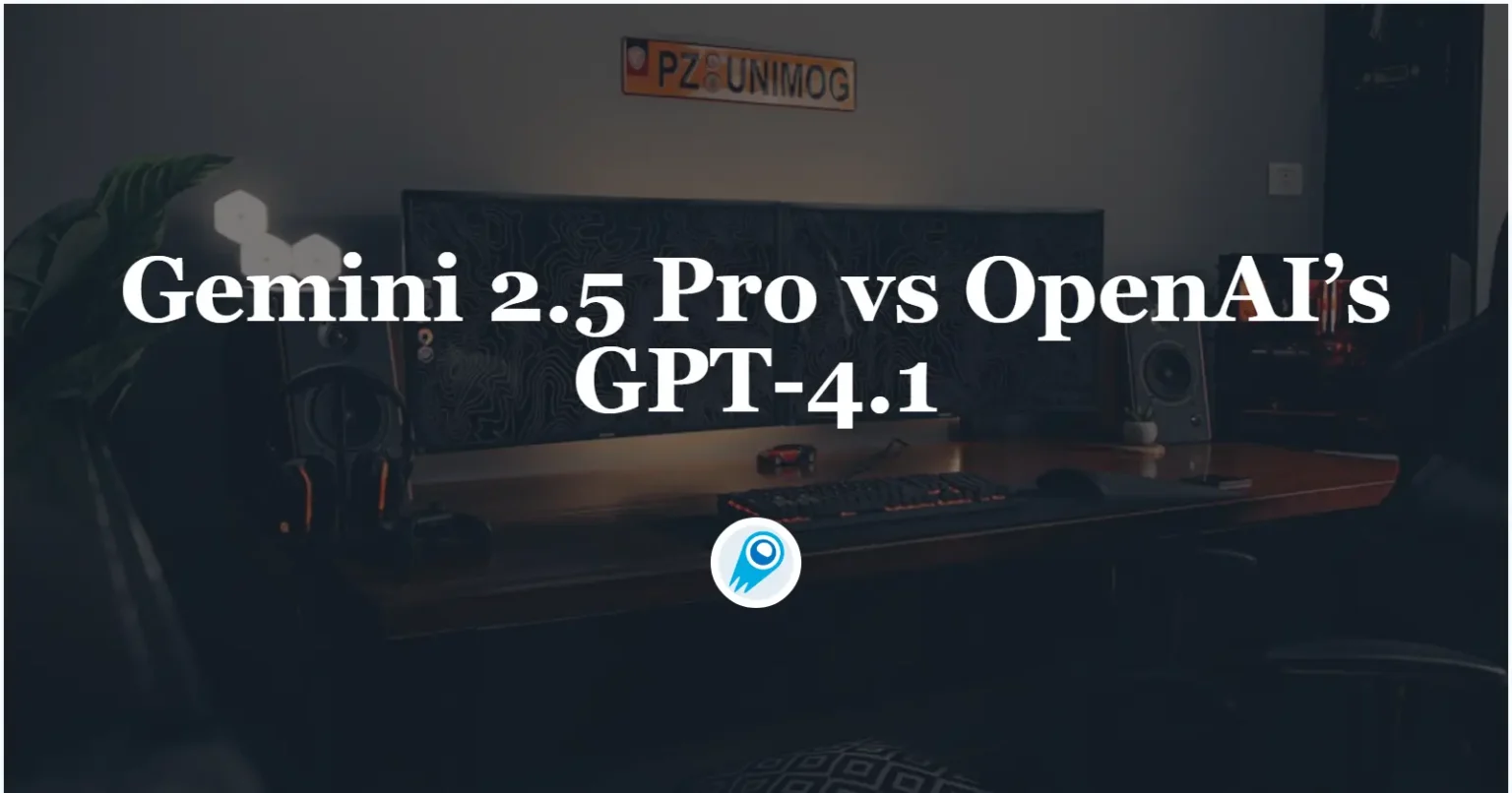


















































































































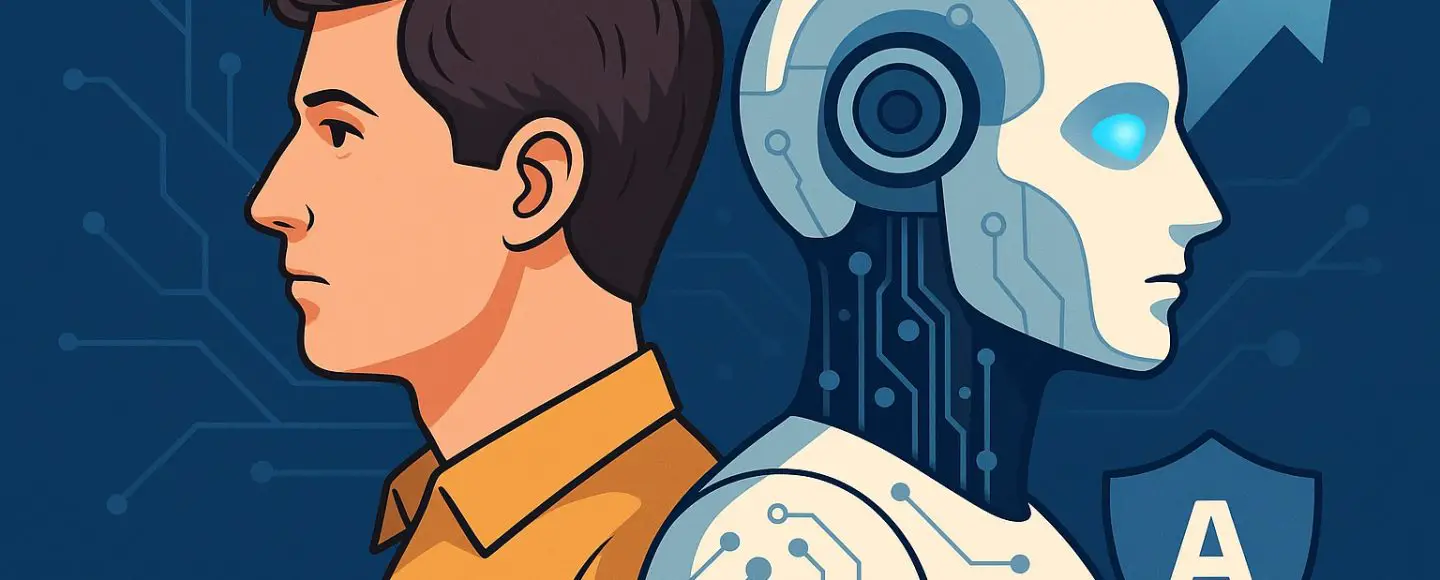

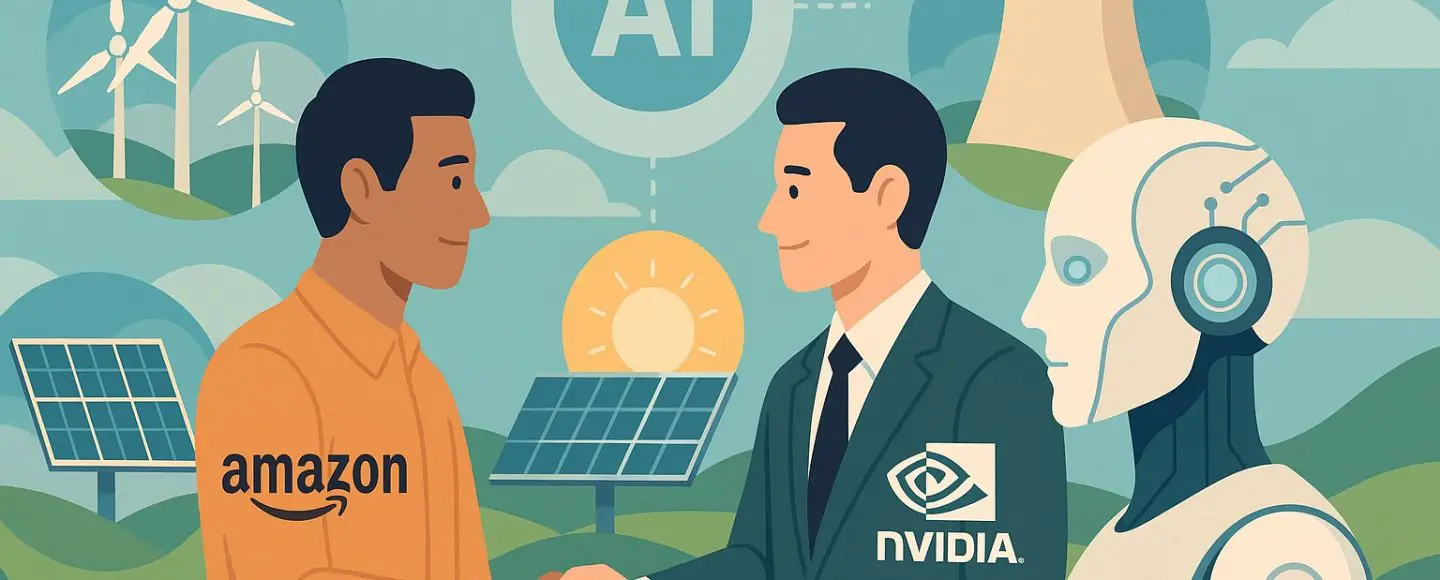























![Top Features of Vision-Based Workplace Safety Tools [2025]](https://static.wixstatic.com/media/379e66_7e75a4bcefe14e4fbc100abdff83bed3~mv2.jpg/v1/fit/w_1000,h_884,al_c,q_80/file.png?#)































![[The AI Show Episode 152]: ChatGPT Connectors, AI-Human Relationships, New AI Job Data, OpenAI Court-Ordered to Keep ChatGPT Logs & WPP’s Large Marketing Model](https://www.marketingaiinstitute.com/hubfs/ep%20152%20cover.png)






















































































































![[DEALS] Microsoft Visual Studio Professional 2022 + The Premium Learn to Code Certification Bundle (97% off) & Other Deals Up To 98% Off](https://www.javacodegeeks.com/wp-content/uploads/2012/12/jcg-logo.jpg)



















































































































-0-6-screenshot.png?width=1920&height=1920&fit=bounds&quality=70&format=jpg&auto=webp#)





































































































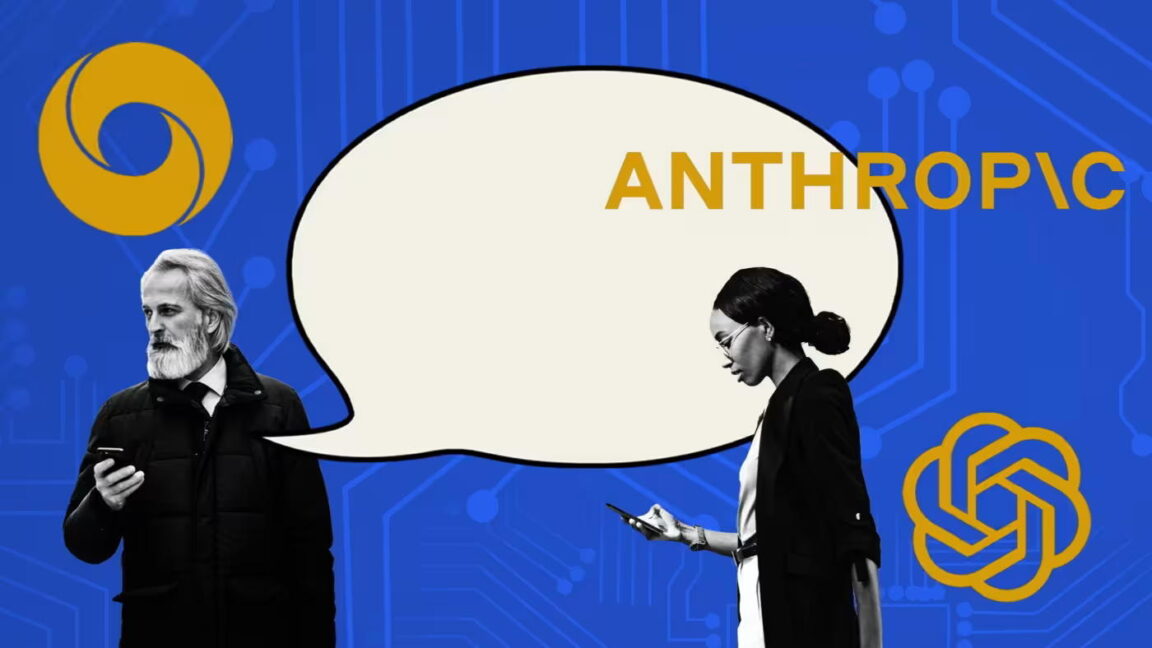


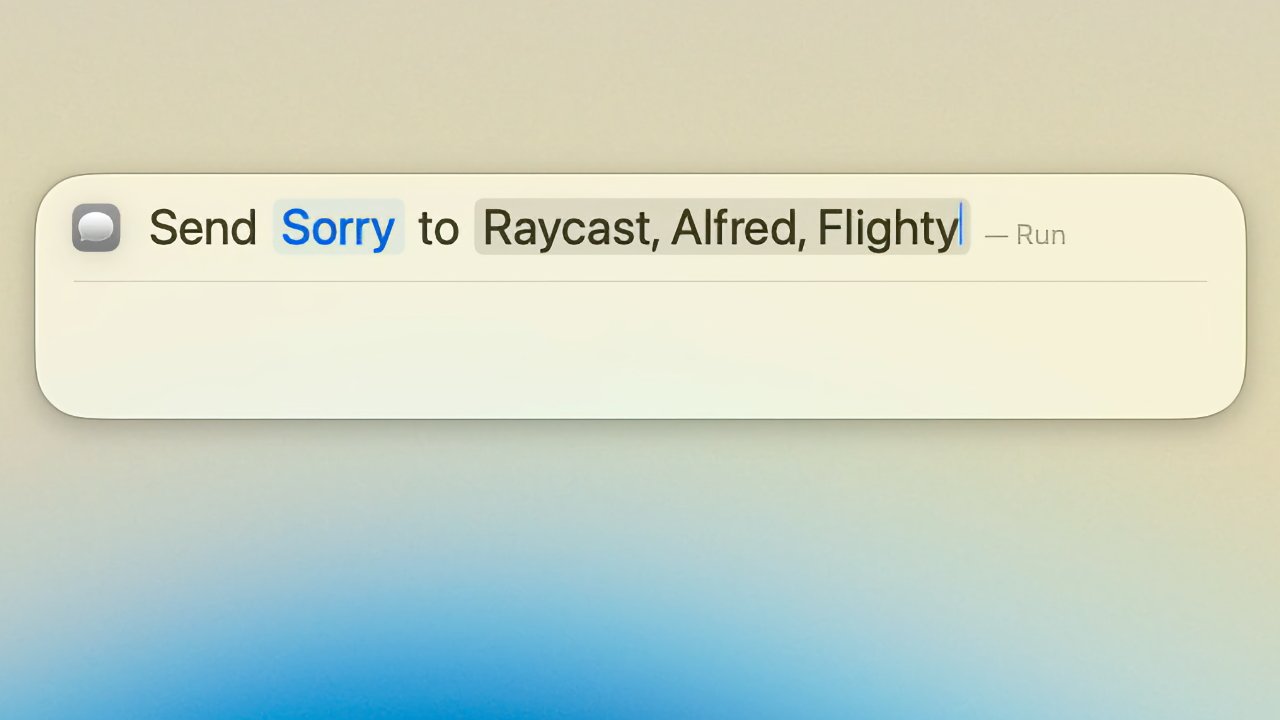



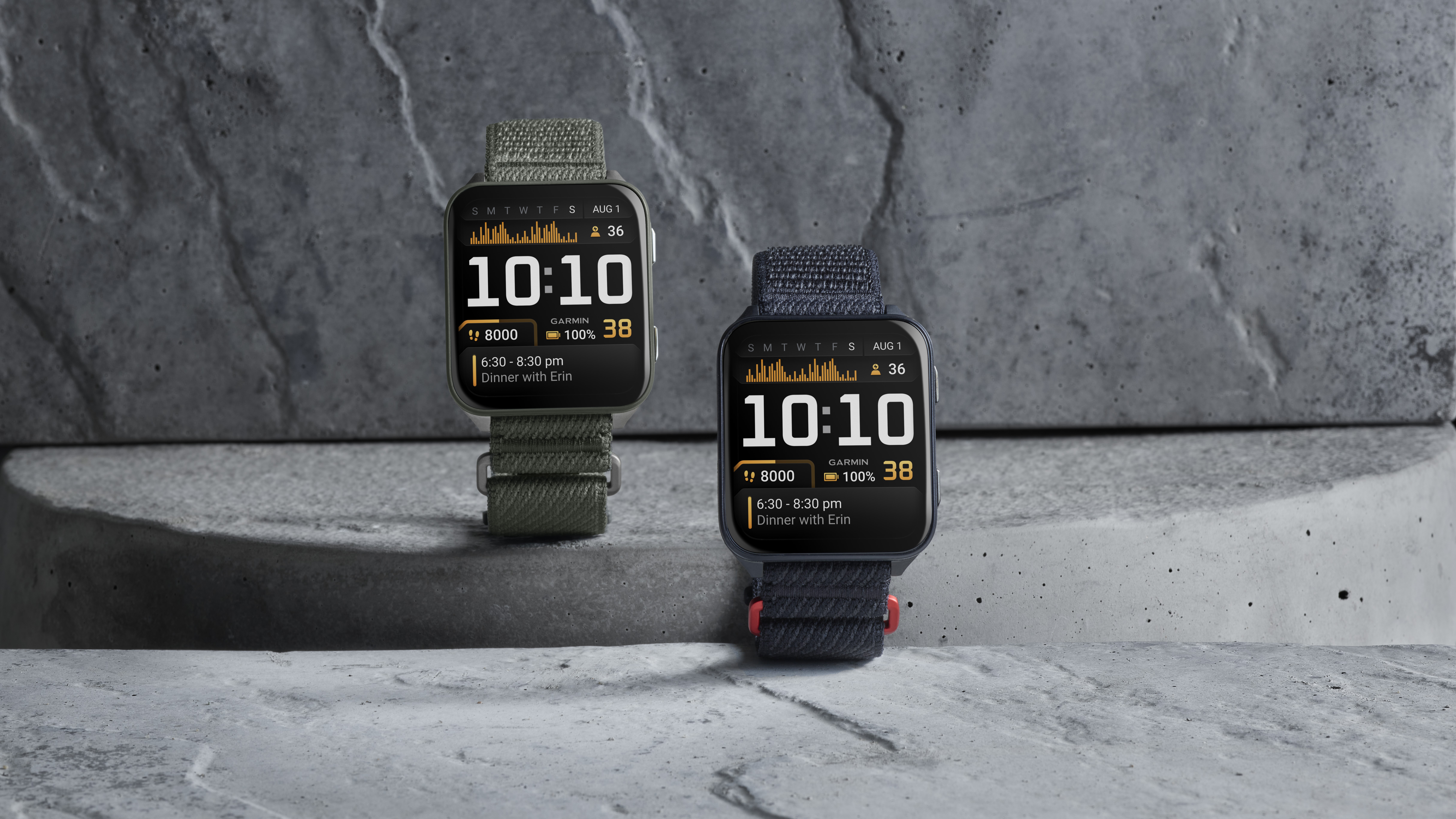











![Someone is selling a bunch of those rare Essential ‘Gem’ phones for $1,200 [Gallery]](https://i0.wp.com/9to5google.com/wp-content/uploads/sites/4/2019/10/next-essential-phone.jpg?resize=1200%2C628&quality=82&strip=all&ssl=1)














![Apple Shares Teaser Trailer for 'The Lost Bus' Starring Matthew McConaughey [Video]](https://www.iclarified.com/images/news/97582/97582/97582-640.jpg)











































